
“Are we making a movie, or are we not?” (William Greaves in Symbiopsychotaxiplasm Take One)
Filmmaker William Greaves recently passed away at the age 87. Greaves, an African-American, left behind a respected body of work, including award-winning documentaries that tackled issues of race. But he is perhaps known best for a movie that doesn’t address race directly. In fact, lack of direction is one of the fundamental elements of the film.
Shot in Central Park in the spring of 1968, Symbiopsychotaxiplasm Take One at first glance appears to be a documentary about the making of a film. But what’s with the clichéd dialogue, and why are multiple actors playing the same characters? Are they shooting a film or is it a screen test? Or is the finished product going to be something else entirely? Does the director even know what he is doing? Cast, crew, and audience alike ask these questions and are left to wonder: What kind of film is this?
Symbiopsychotaxiplasm Take One is a film within a film within a film. One camera recorded the drama Greaves was directing, while another documented the making of the movie, and a third recorded all of the action on set. A fourth camera was handled by Greaves, on occasion. All of these viewpoints are incorporated into the film at various times. If it all sounds like a formula for total chaos, it is anything but. Greaves had a master plan—he just didn’t let anyone else know about it.
Greaves went out on many a limb during the filming of Symbiopsychotaxiplasm Take One, including the way he chose to depict his own character, which was a fictionalized version of his true self. Early on, he makes an overtly sexist comment, and then proceeds to act as a bumbling, indecisive director, one who is constantly asking others for their opinions. Greaves was surreptitiously pushing buttons, testing the concepts of power and collaboration in art and elsewhere, but his race was also a factor. In 1968, there were relatively few African-American film directors, and Greaves, by playing the fool, was baiting the cast, crew—and the audience—into making judgments based on the color of his skin.
Of the many fascinating sequences in Symbiopsychotaxiplasm Take One are those that show the crew meeting to theorize about the nature of the production, speculating on Greaves’ mind-set and his competence (or lack thereof) as a writer and director. There is much confusion as to what exactly is going on, yet one crewmember has a prescient view of what is happening in that moment—that their on-camera discussion concerning Greaves and his movie—is, in fact, their “function” in the film.

William Greaves creates a diversion.
To ponder too many specifics is akin to getting sucked into the rabbit hole Greaves has created, and, frankly, spoils some of the fun for a first-time viewer. The director, in notes he jotted down before cameras rolled, acknowledged the fruitlessness in outlining the project in great detail, which is also part of his modus operandi for Symbiopsychotaxiplasm Take One:
Refuse to give total explanation of the film! First of all, it is impossible due to its complexity. Give only as much of an explanation as will satisfy the performers and film crew. To give more will kill the truth and spontaneity of everyone.
Symbiopsychotaxiplasm Take One was first screened in 1971, but for decades was only shown sporadically. It would take the support of two high-profile fans, Steve Buscemi and Steven Soderbergh, to finally bring the film into wide release in 2005, when it at last earned the attention and acclaim it deserves.
At one point, while filming in Central Park, Greaves is asked for the name of the movie they are making: “Over the Cliff,” he says. “We’re going over a cliff.” A director with less ability (and nerve) couldn’t have pulled-off the experiment that became Symbiopsychotaxiplasm Take One, but William Greaves had the confidence and skill to not only take his cast and crew, but also the audience—and the director, himself—right over that cliff.
Check out the trailer:
Then watch the entire film:
Criterion’s definitive two-disc DVD set of Symbiopsychotaxiplasm Take One (which includes Greaves’ 2003 sequel, Symbiopsychotaxiplasm: Take Two) is still available.











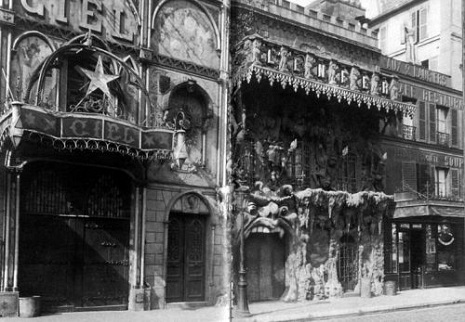


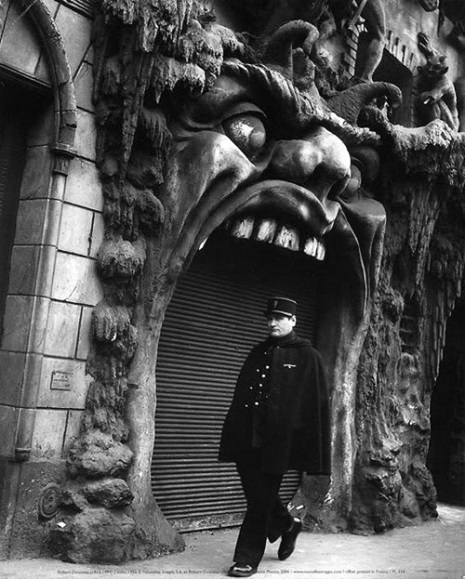

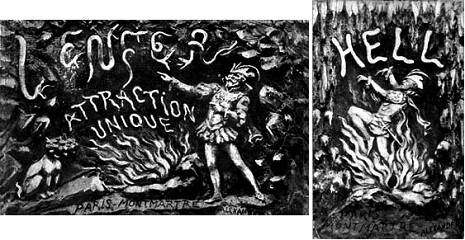
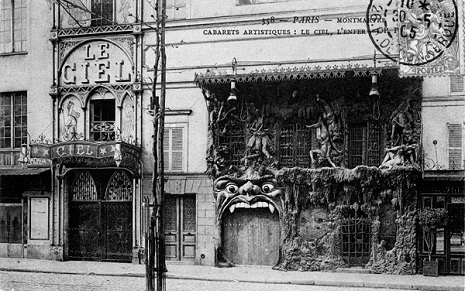
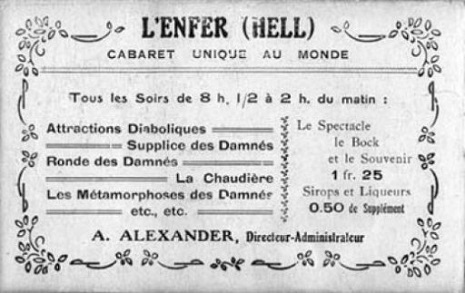














XX.jpg)
